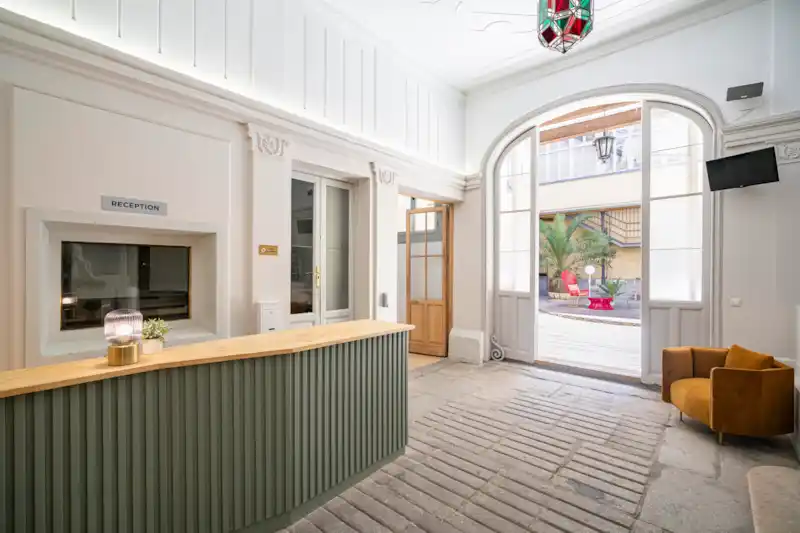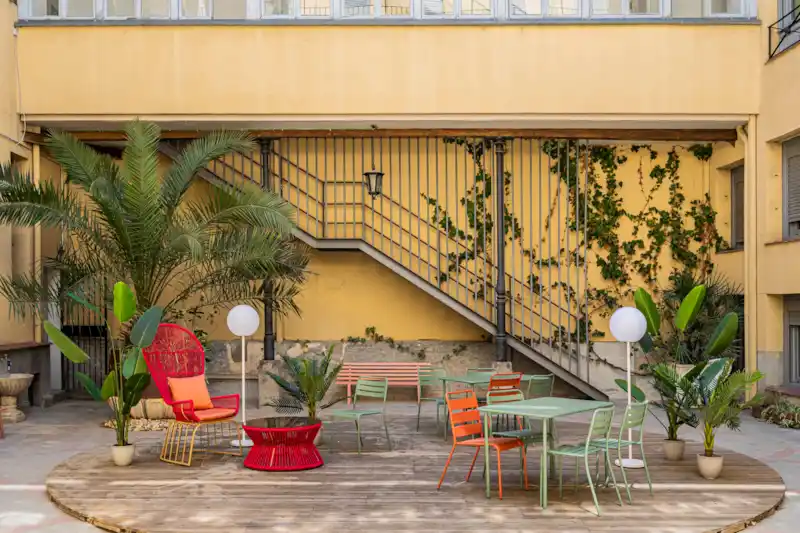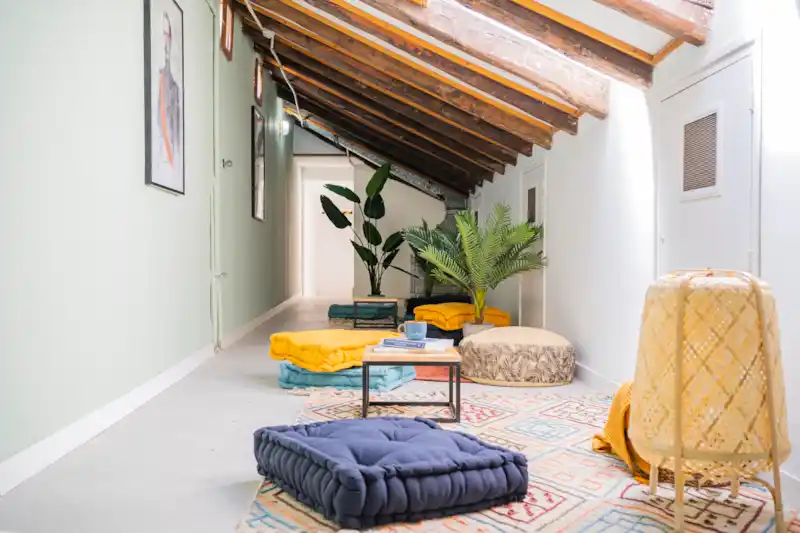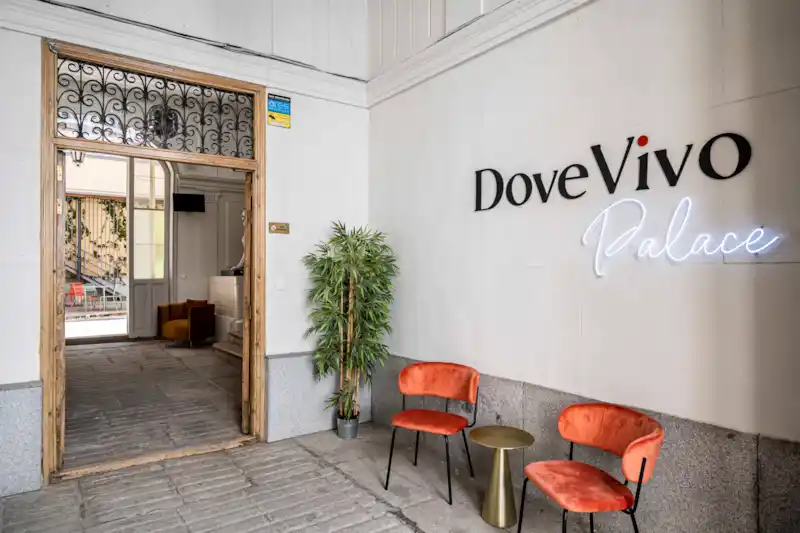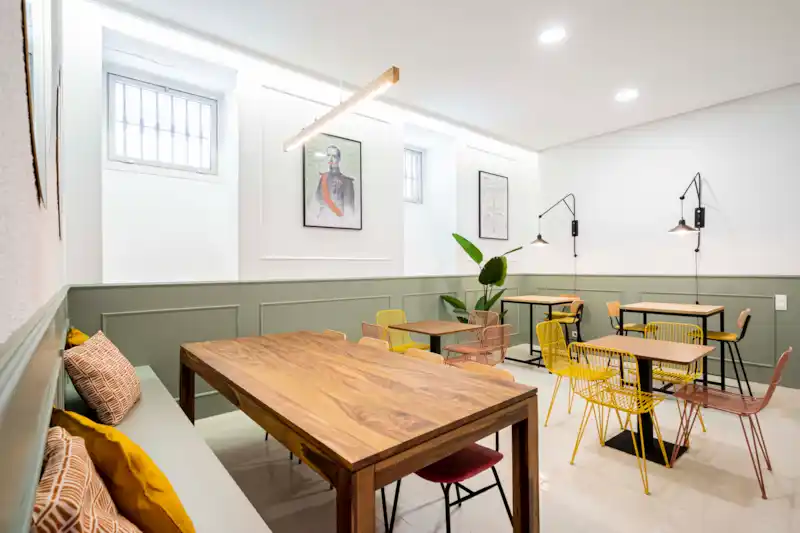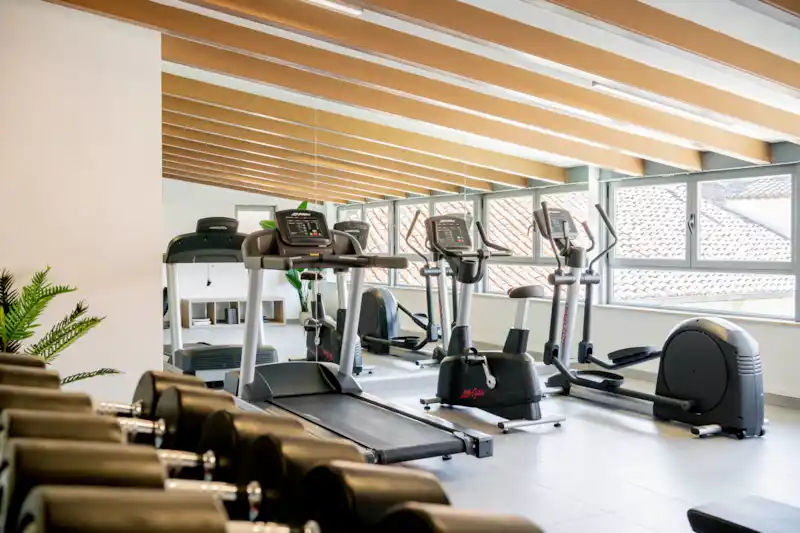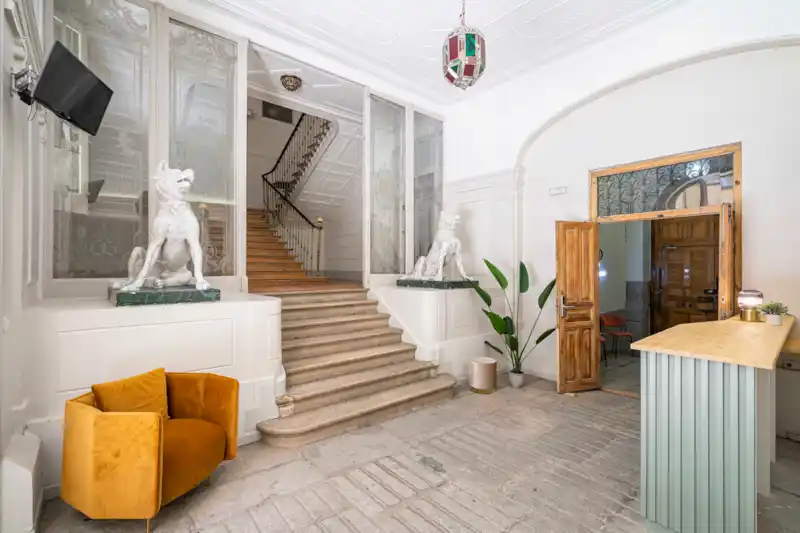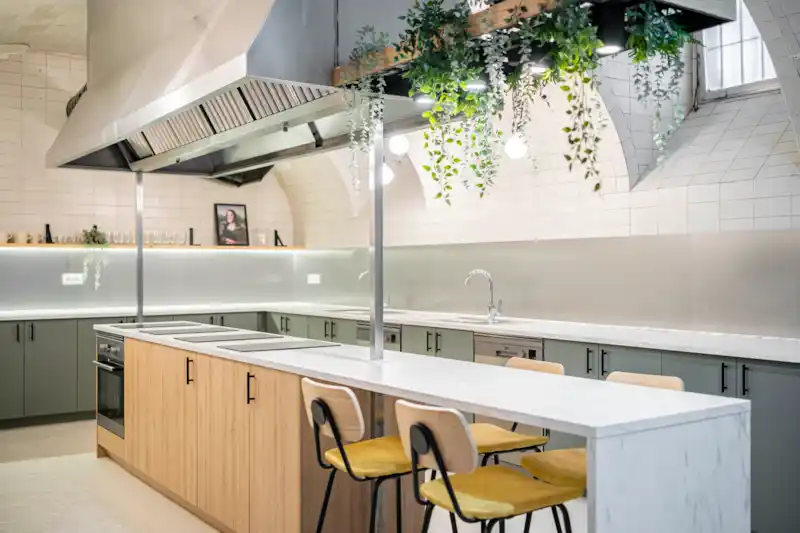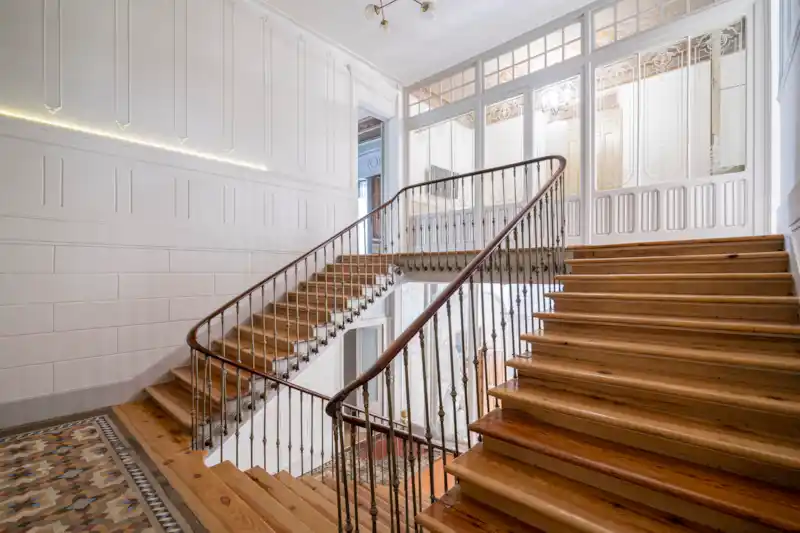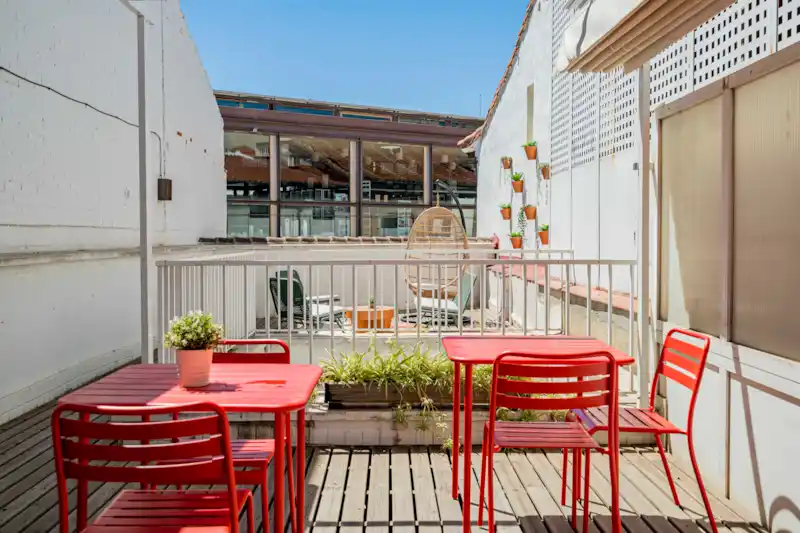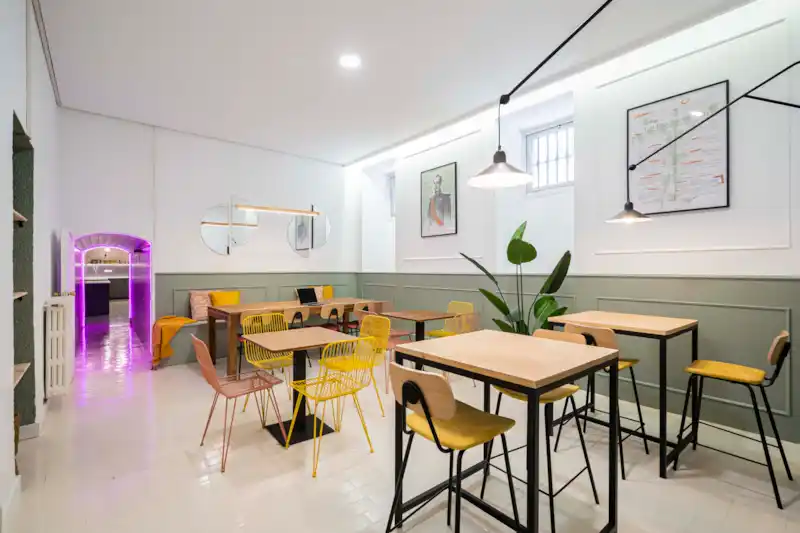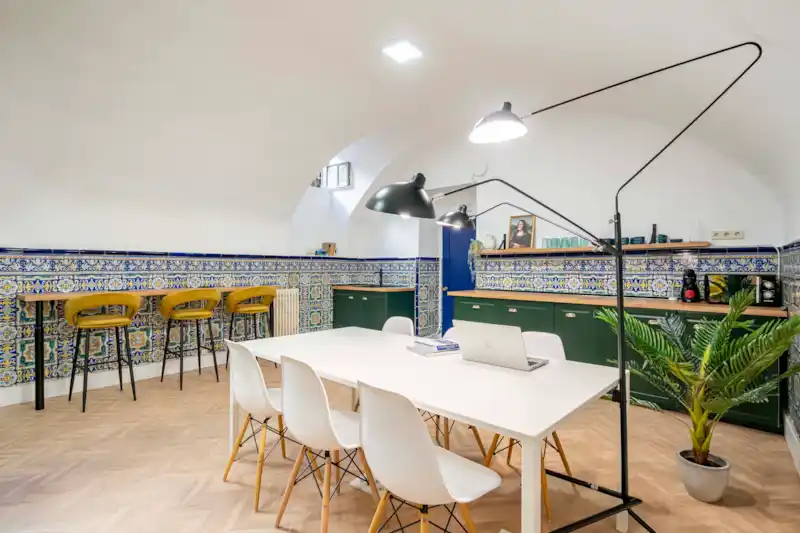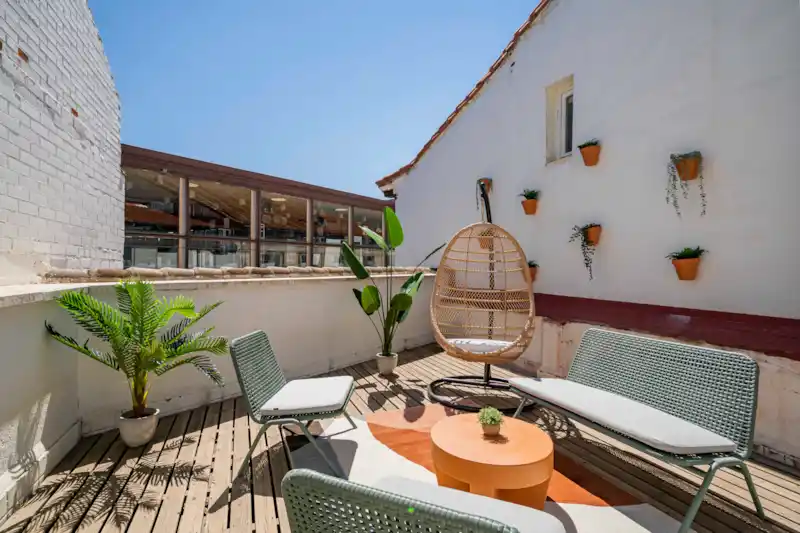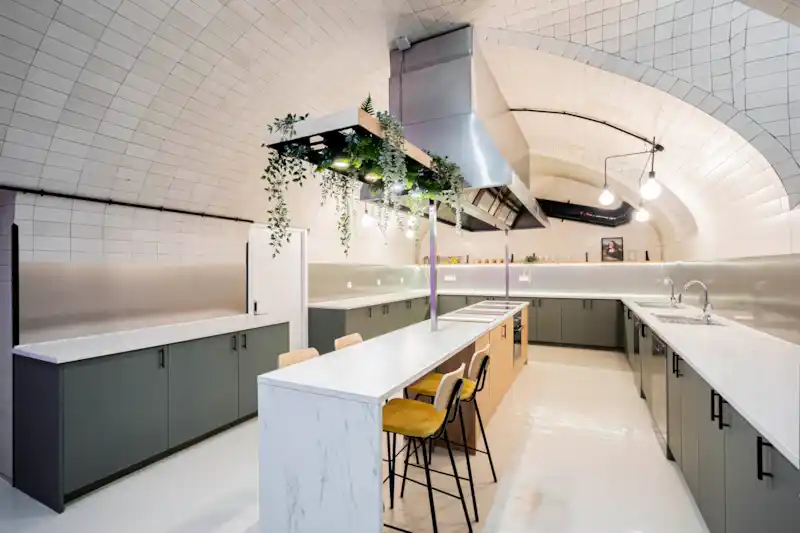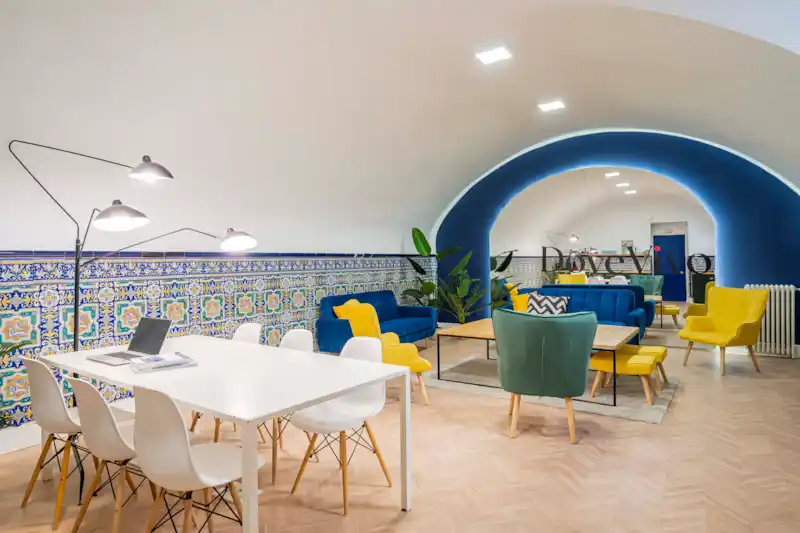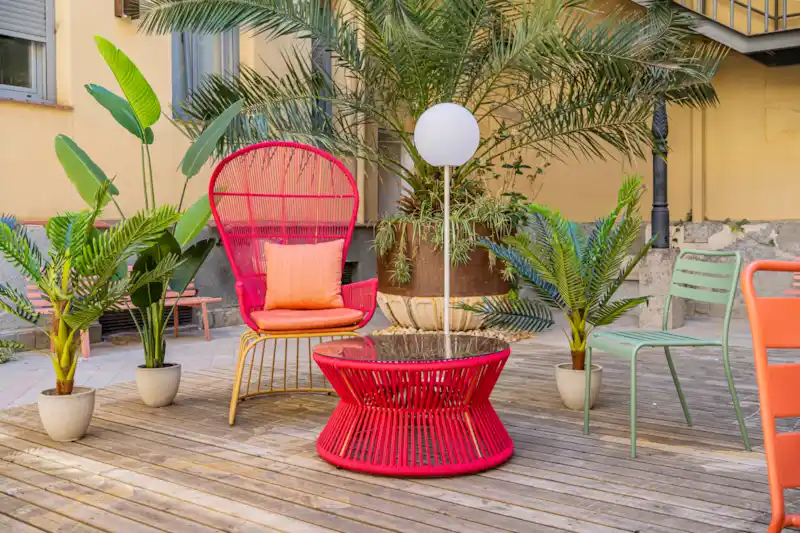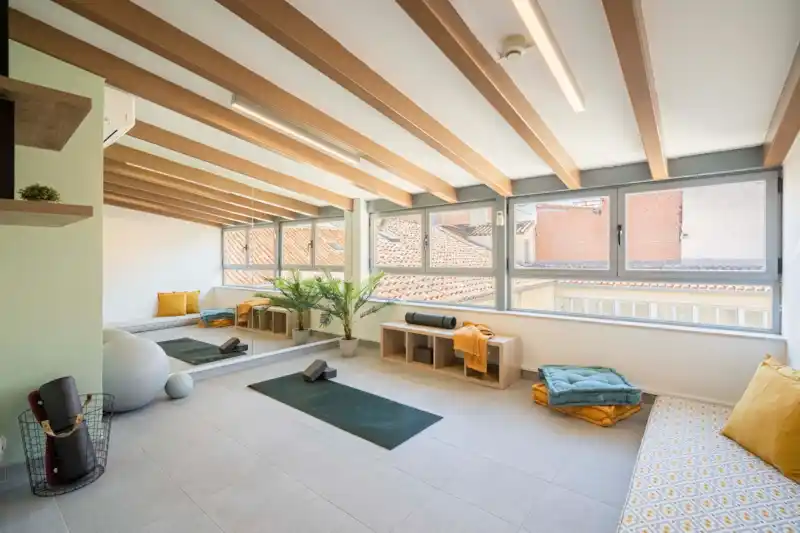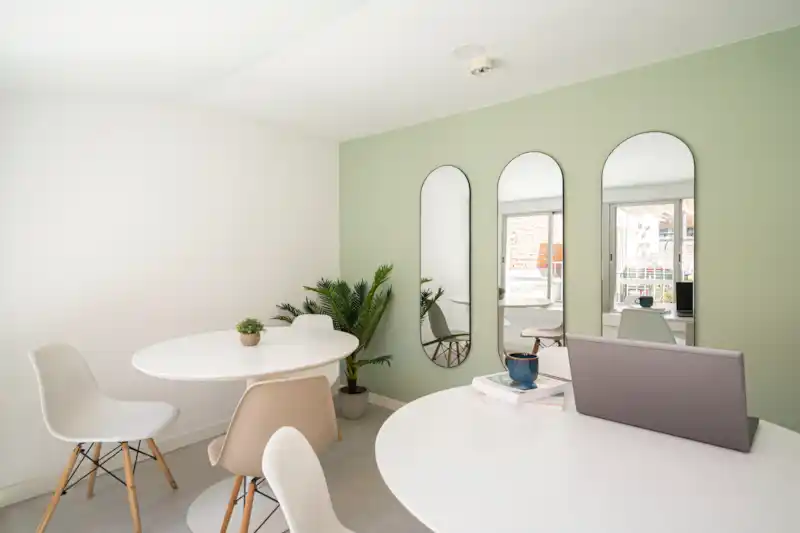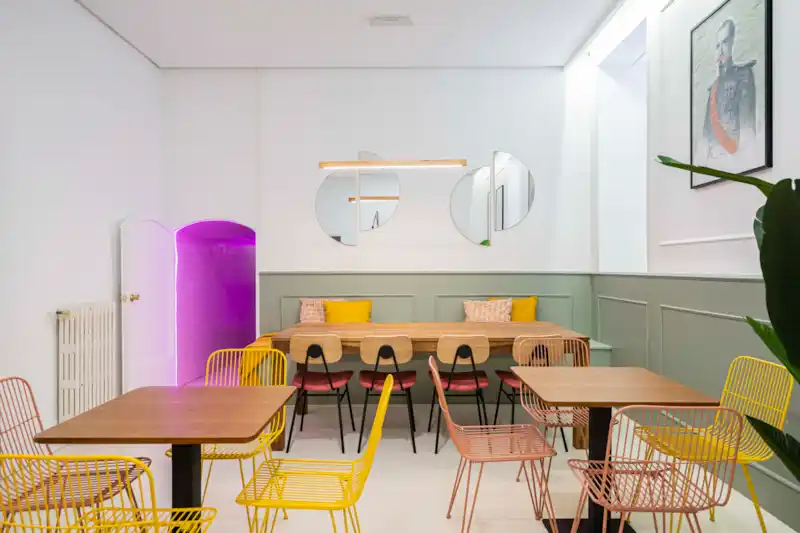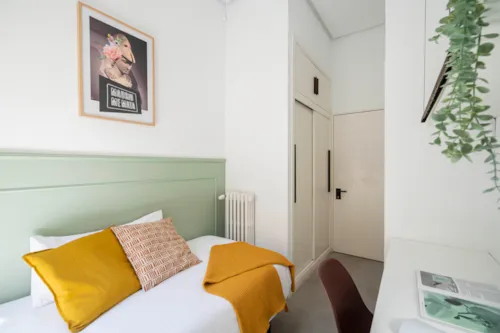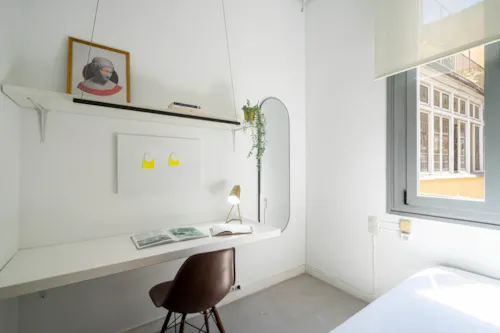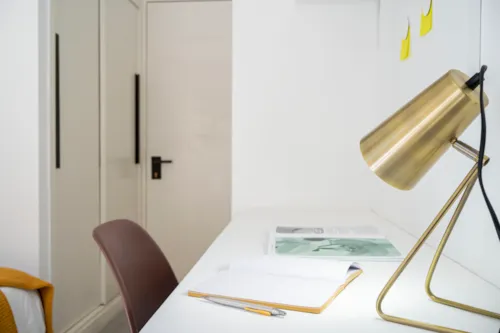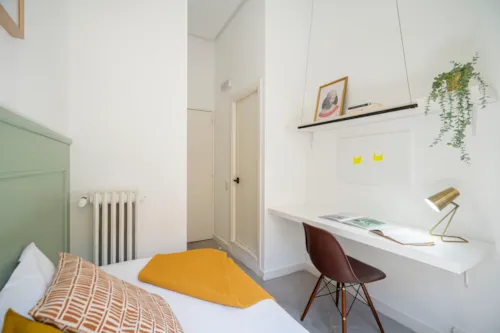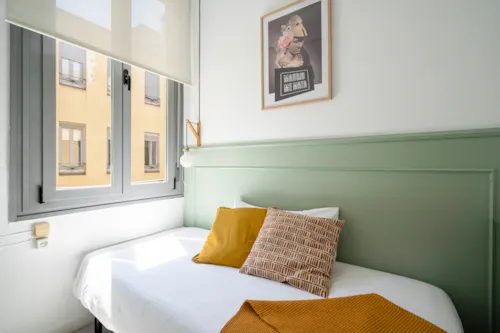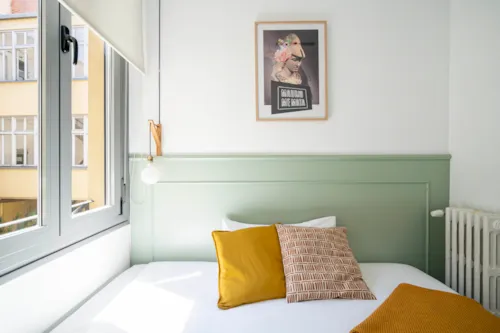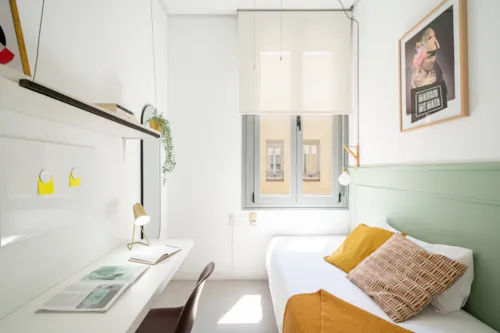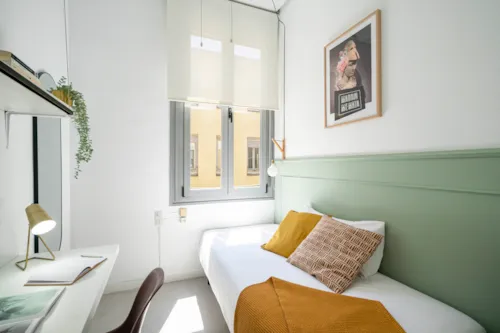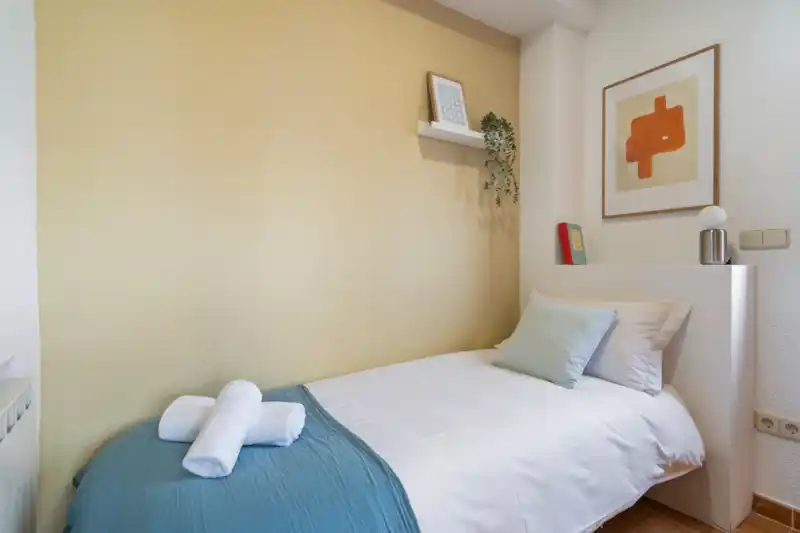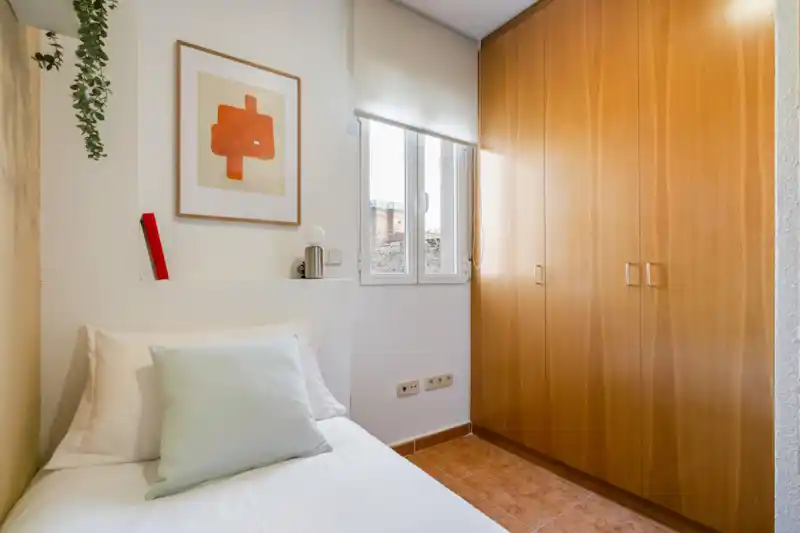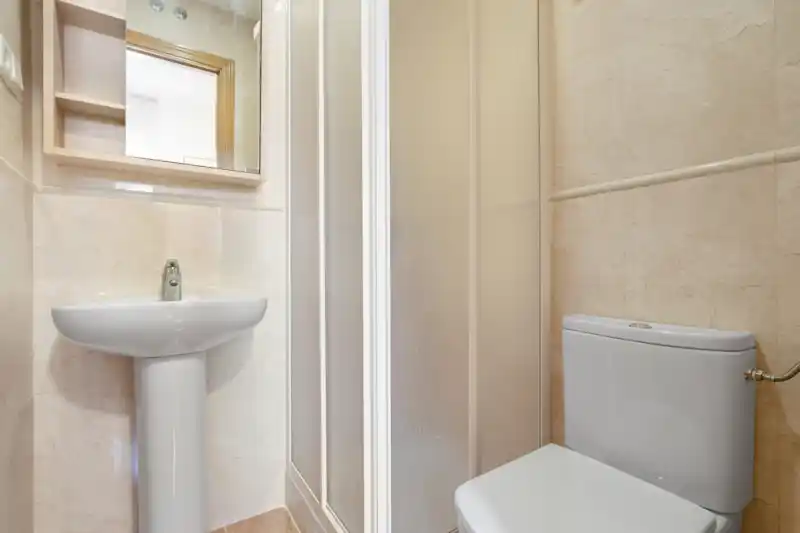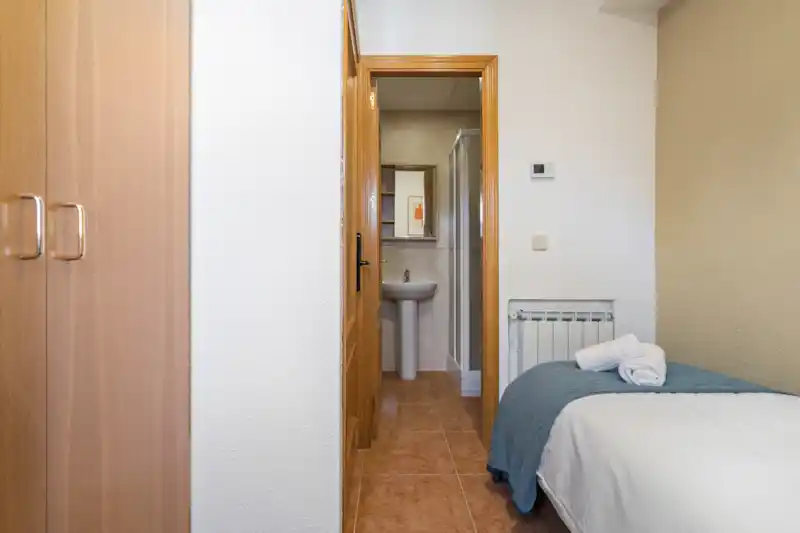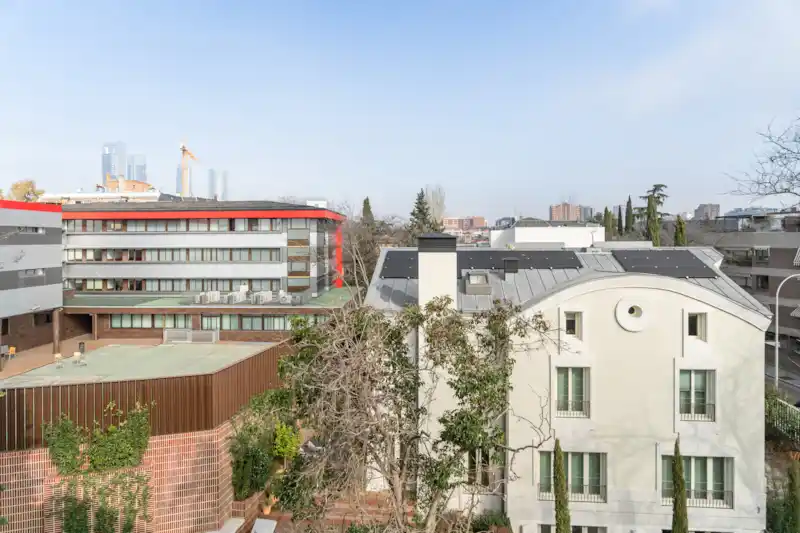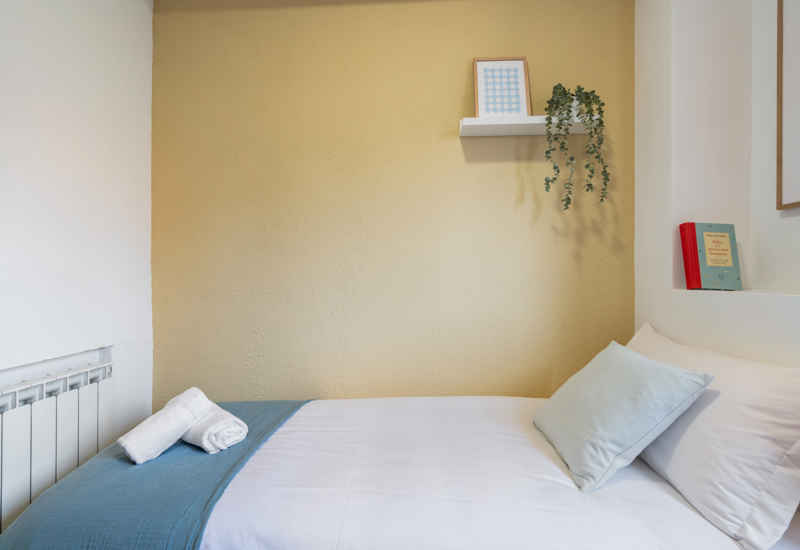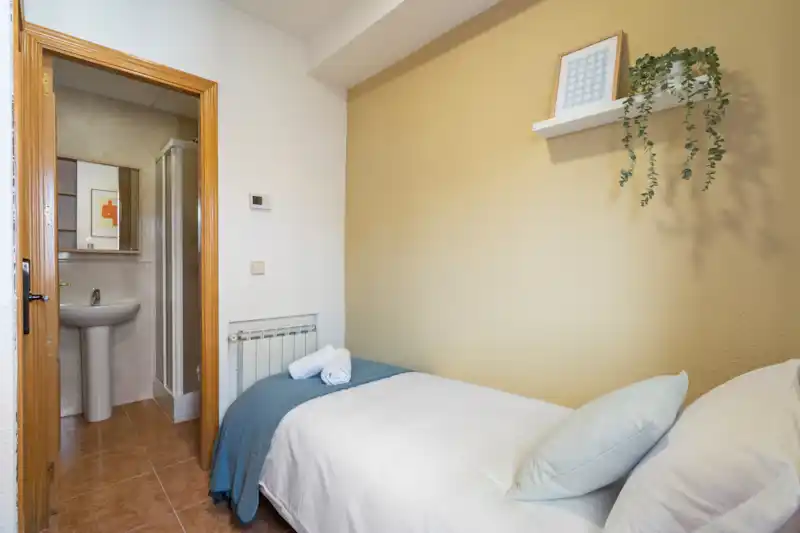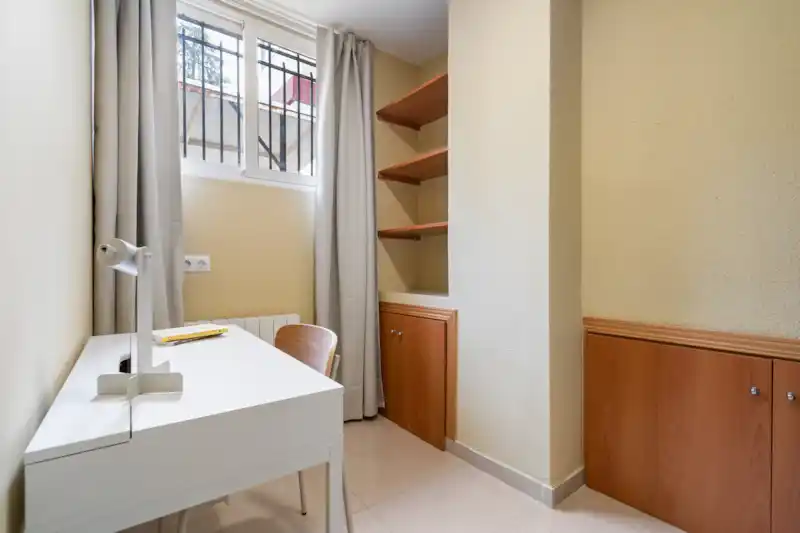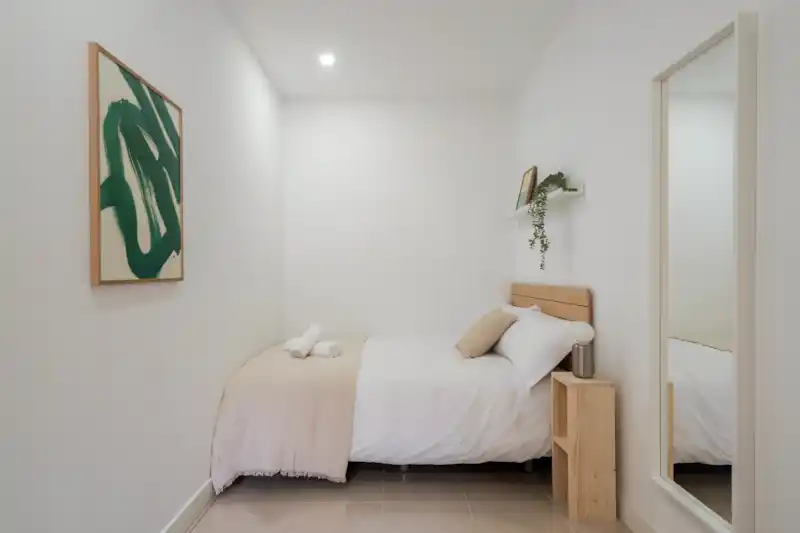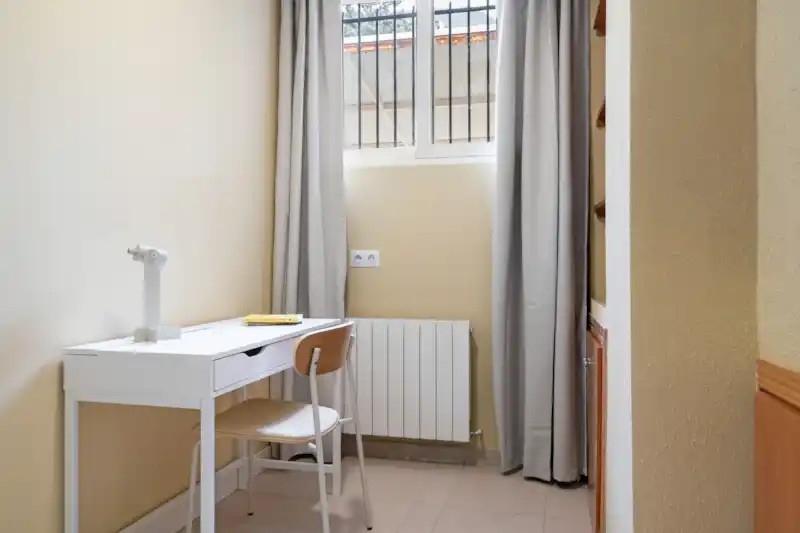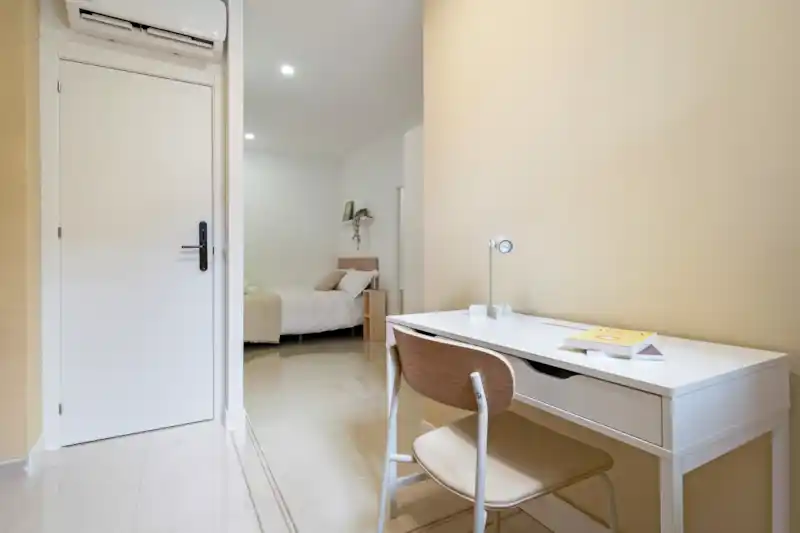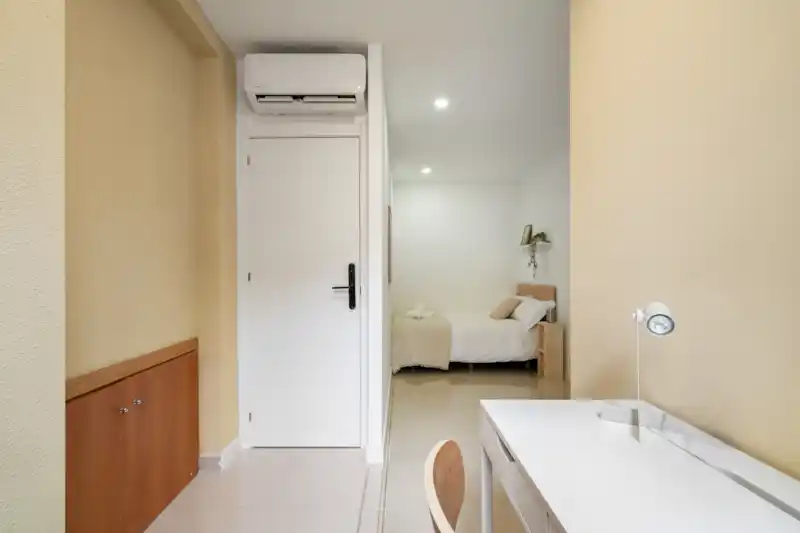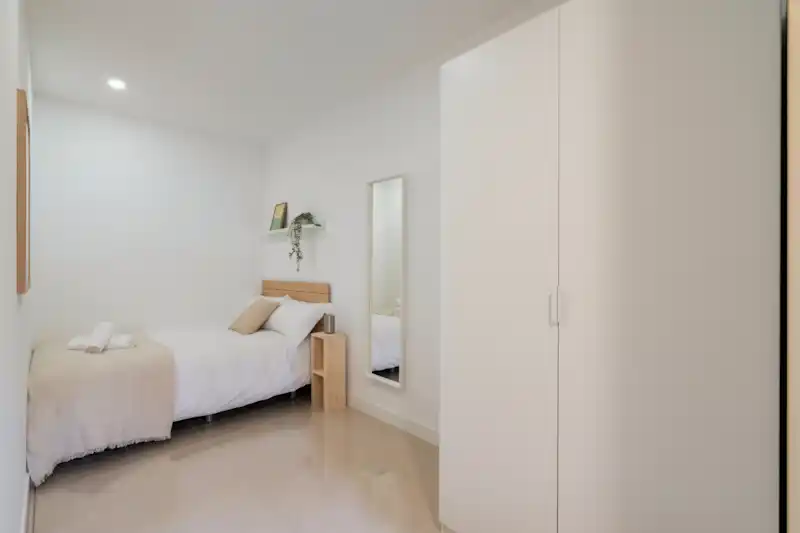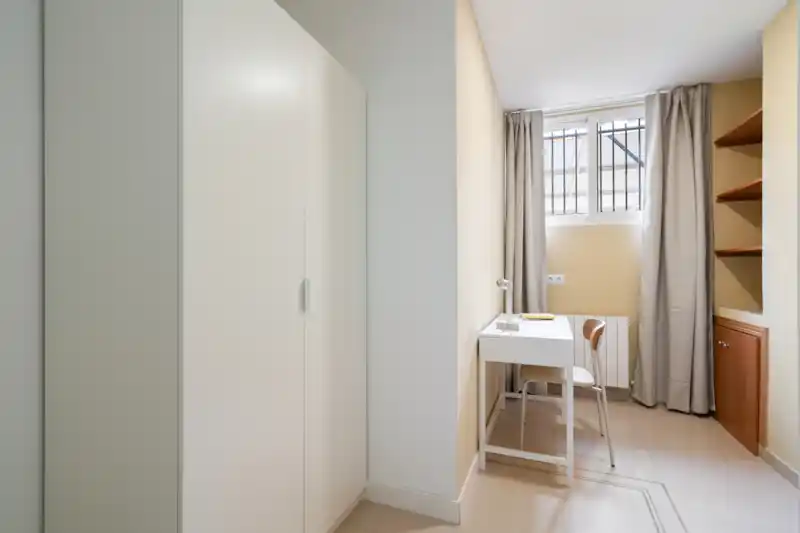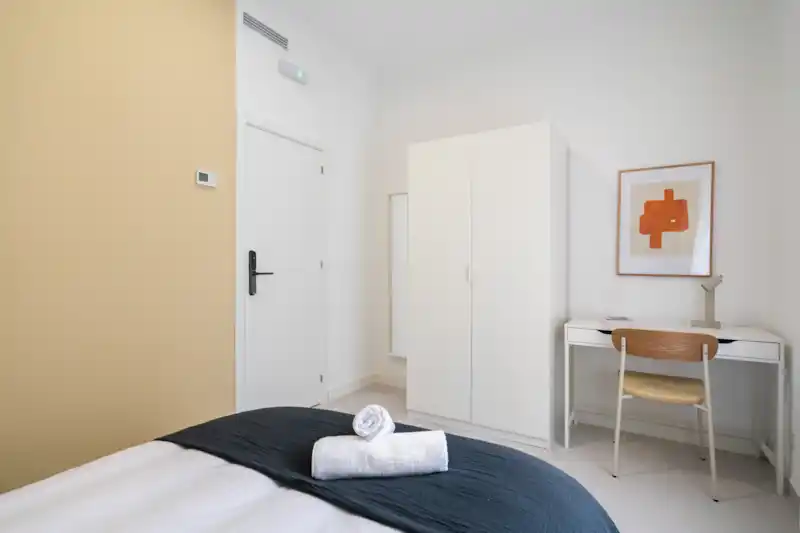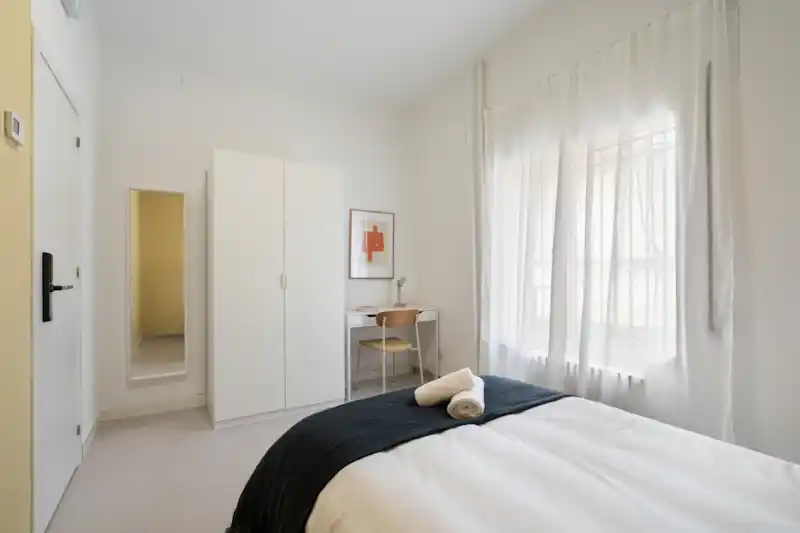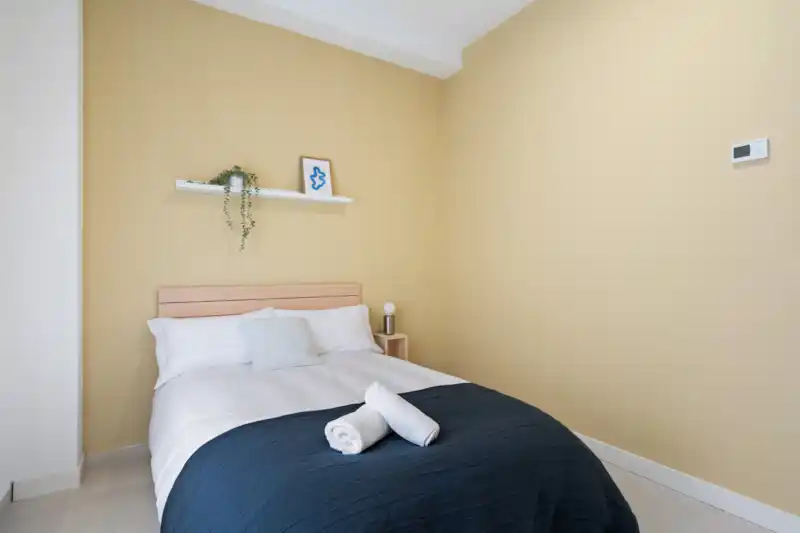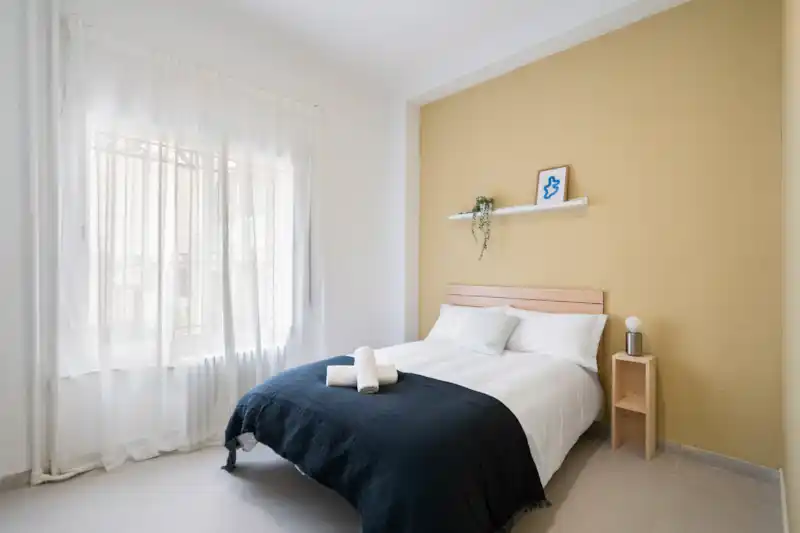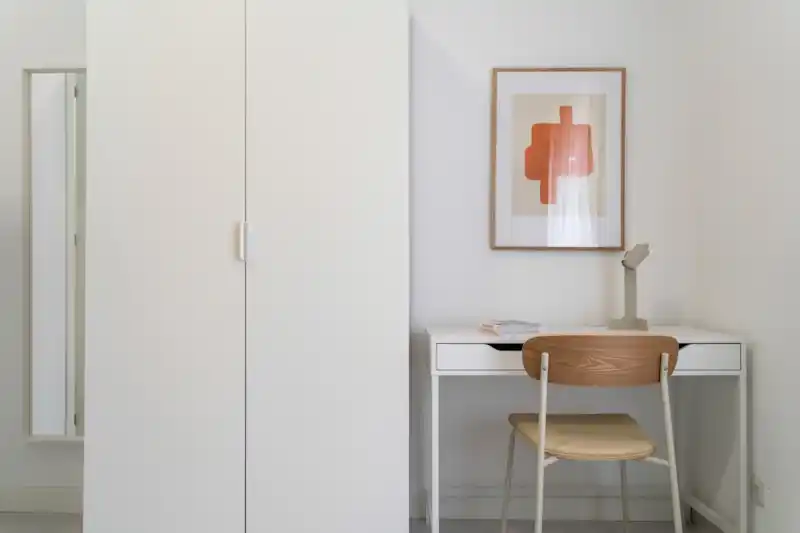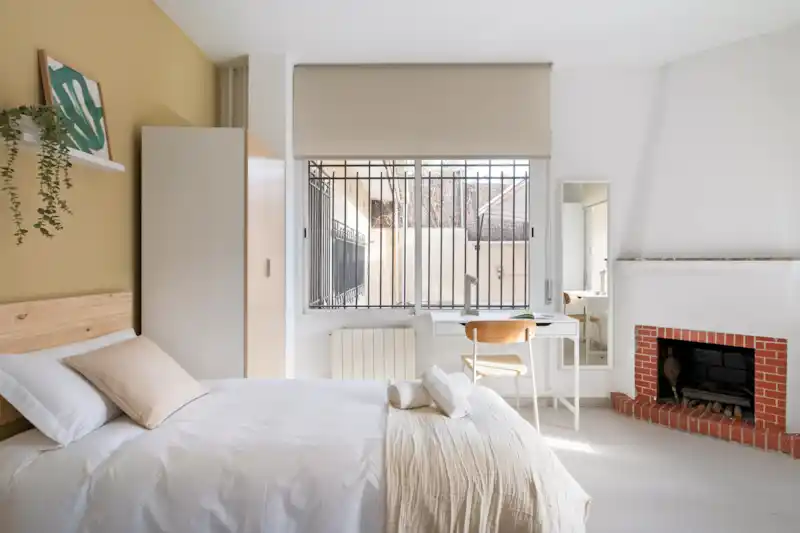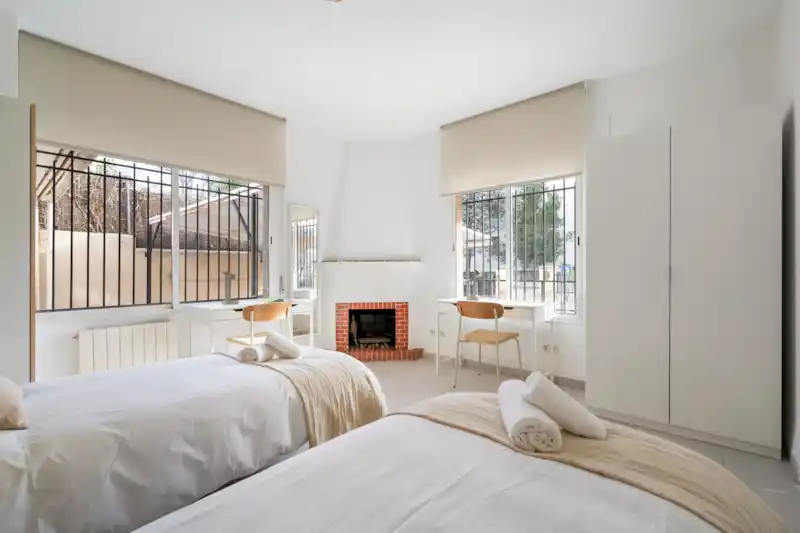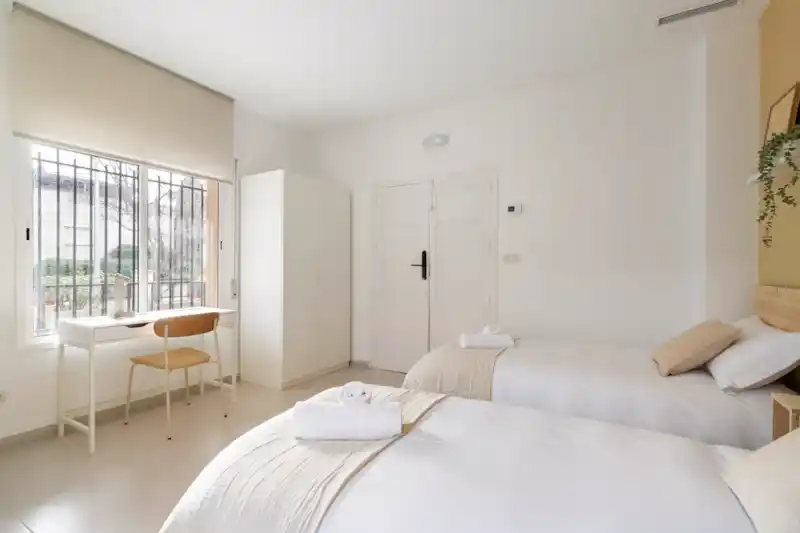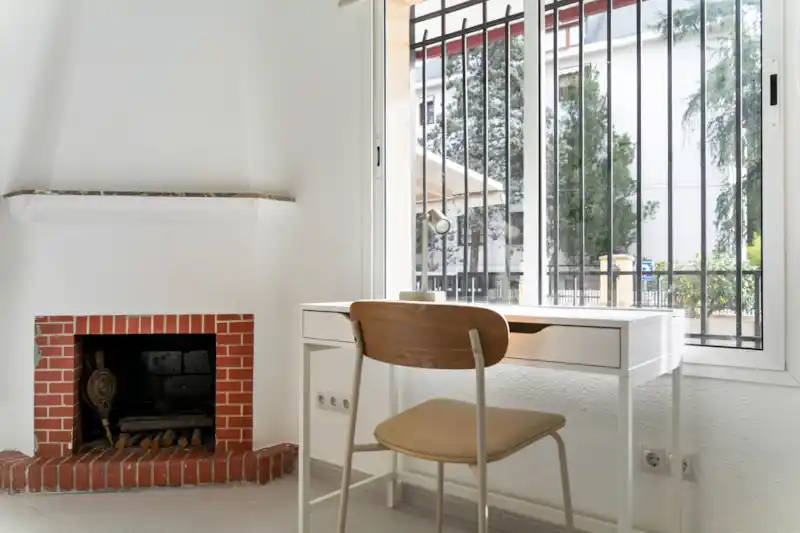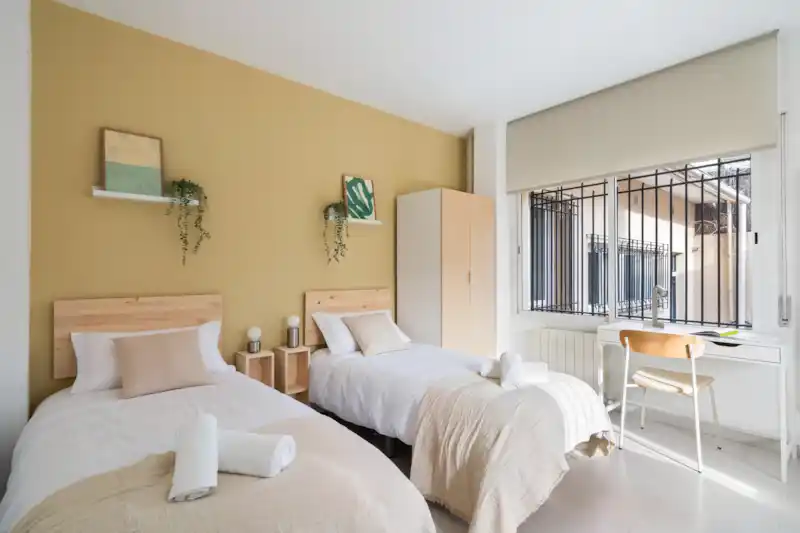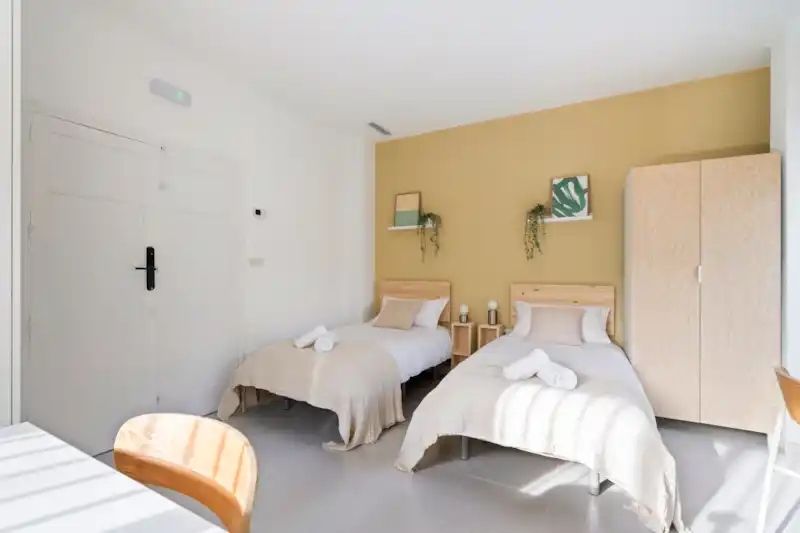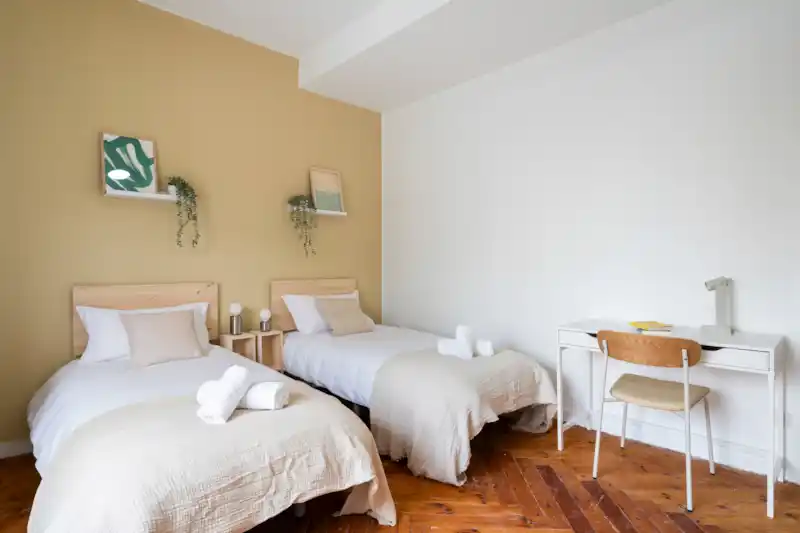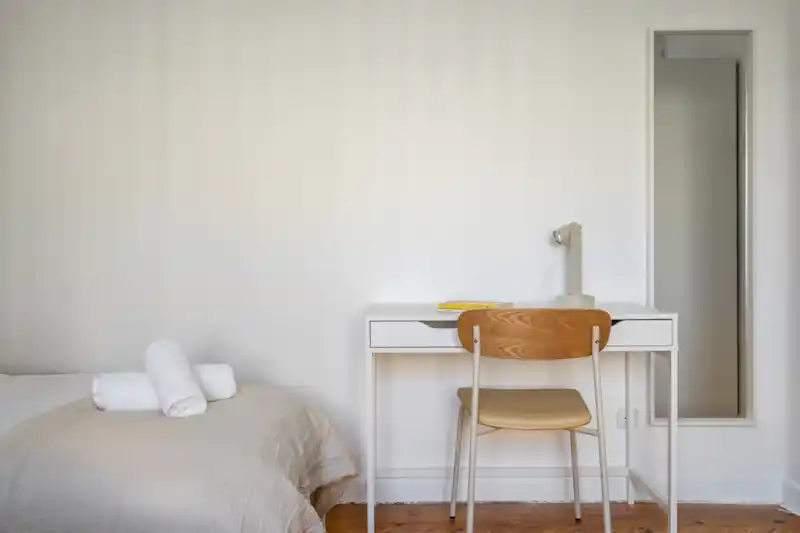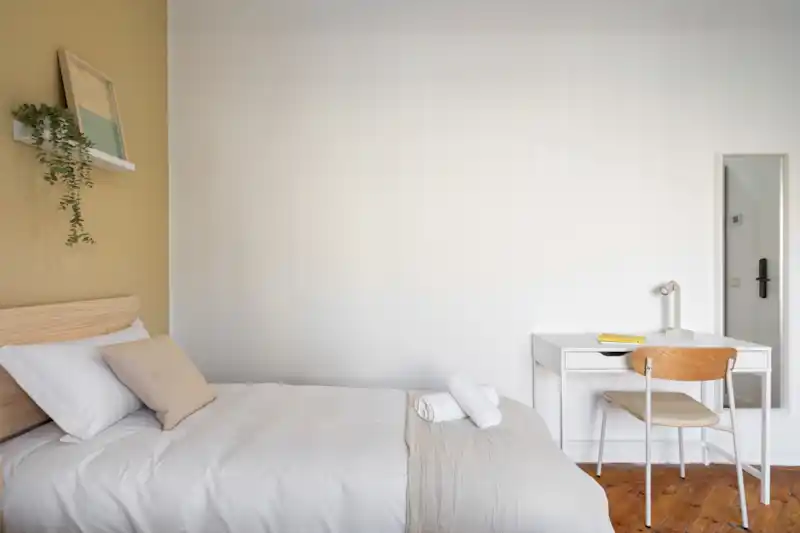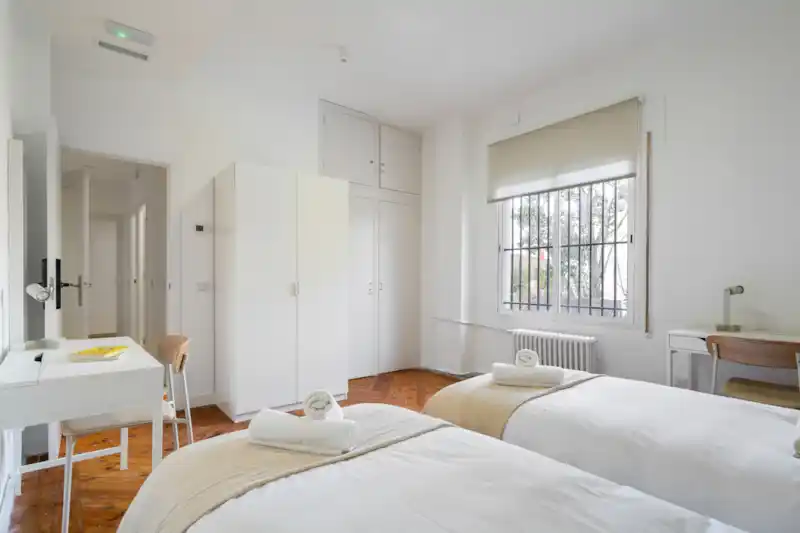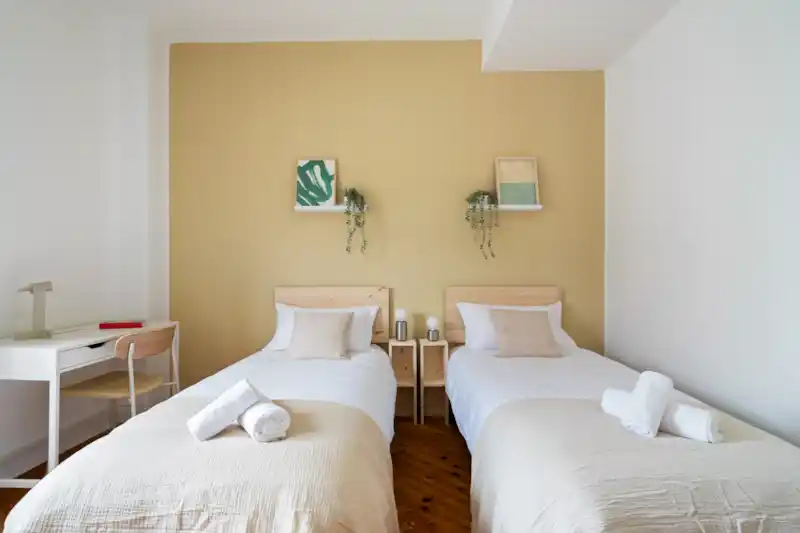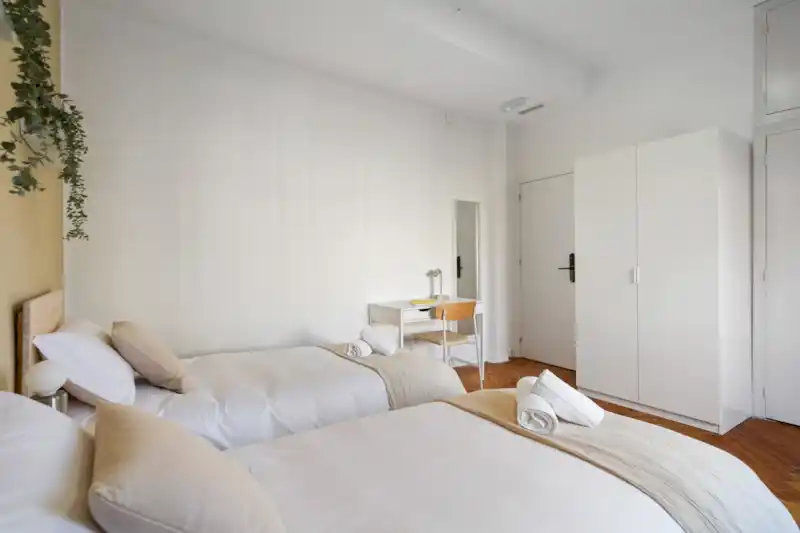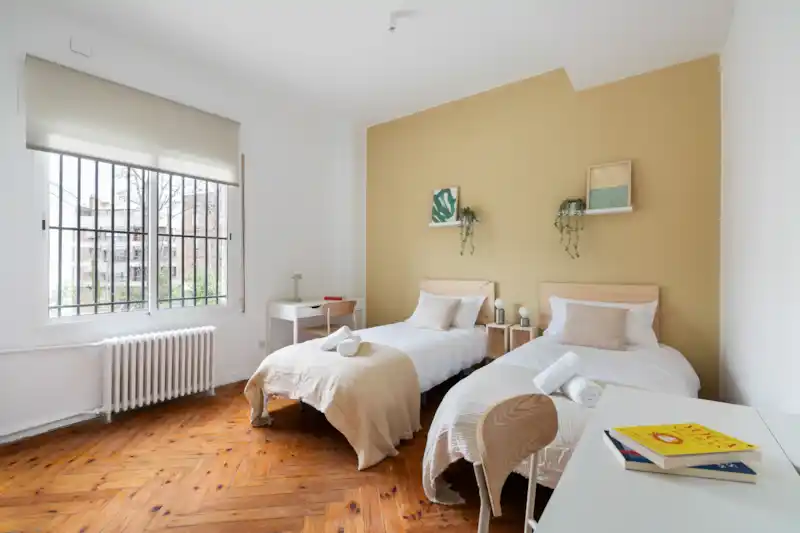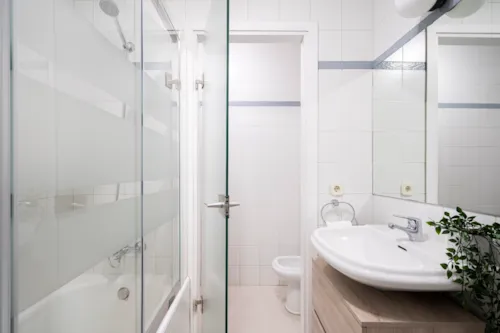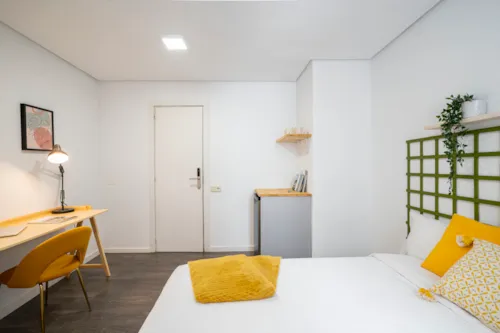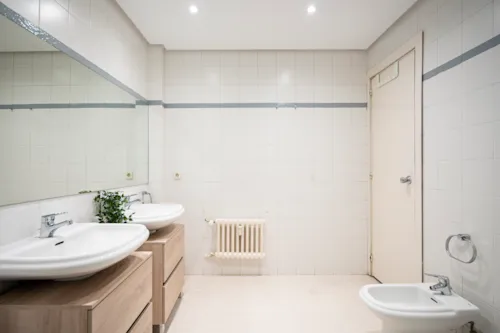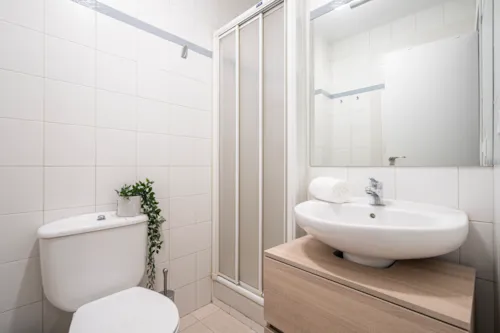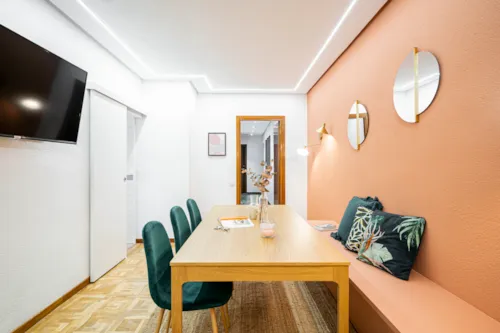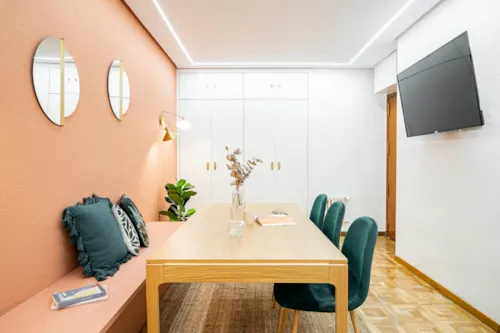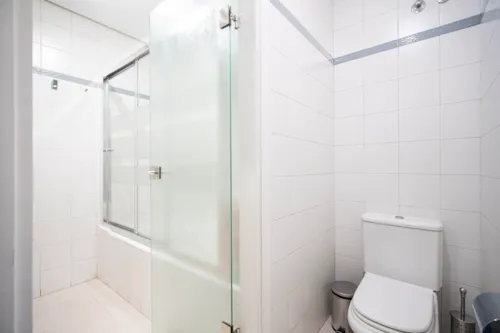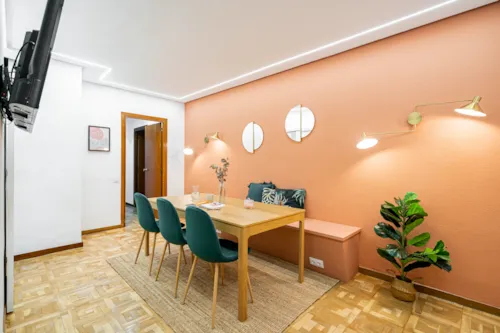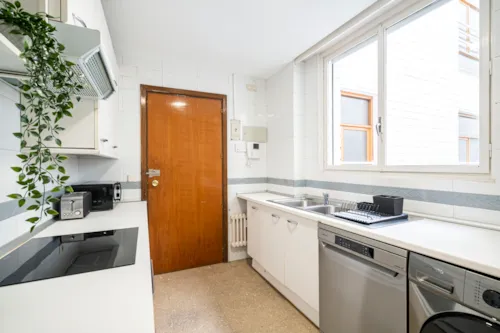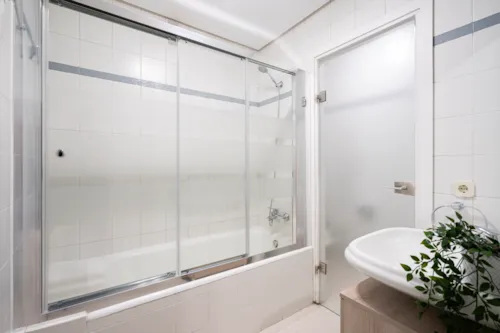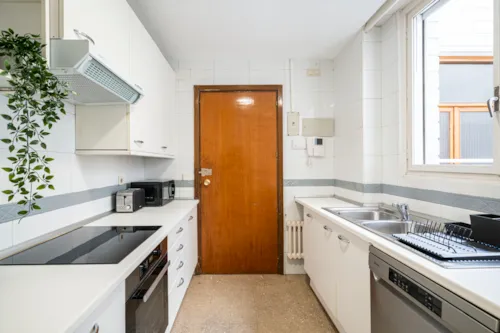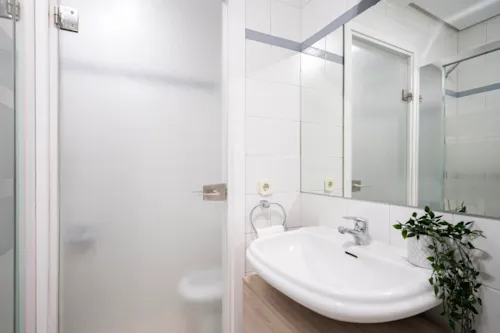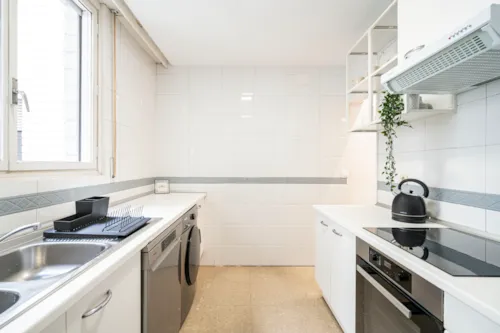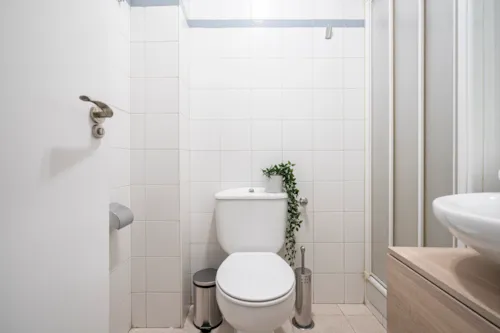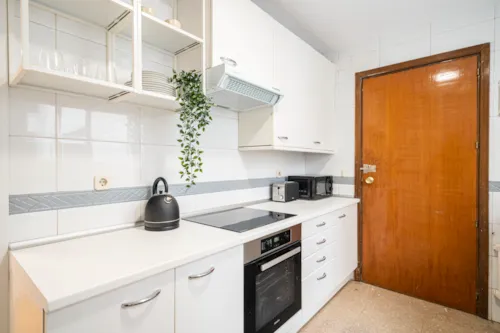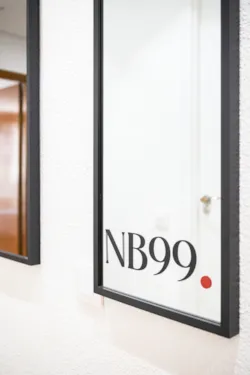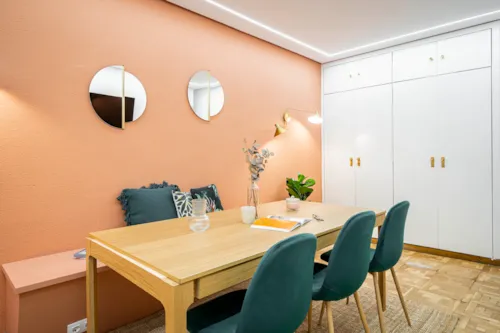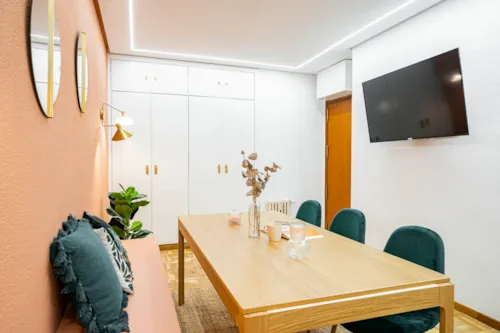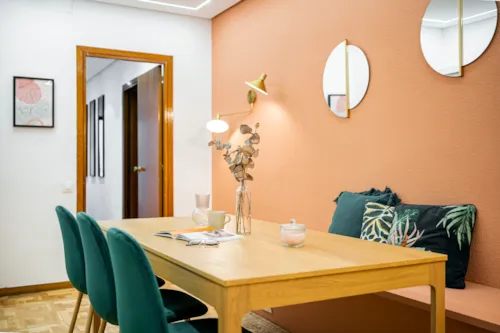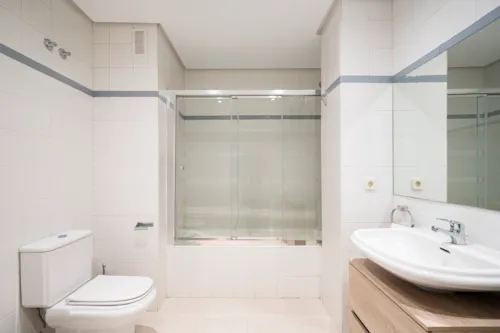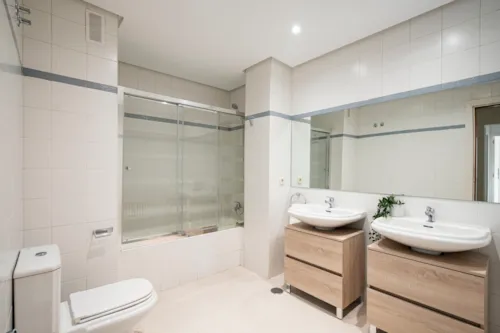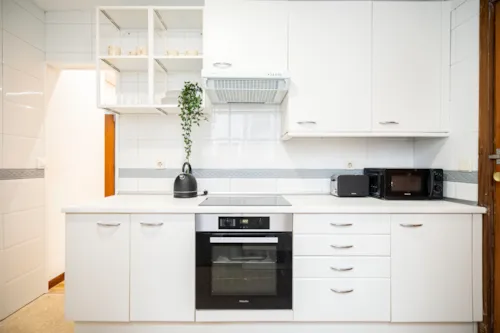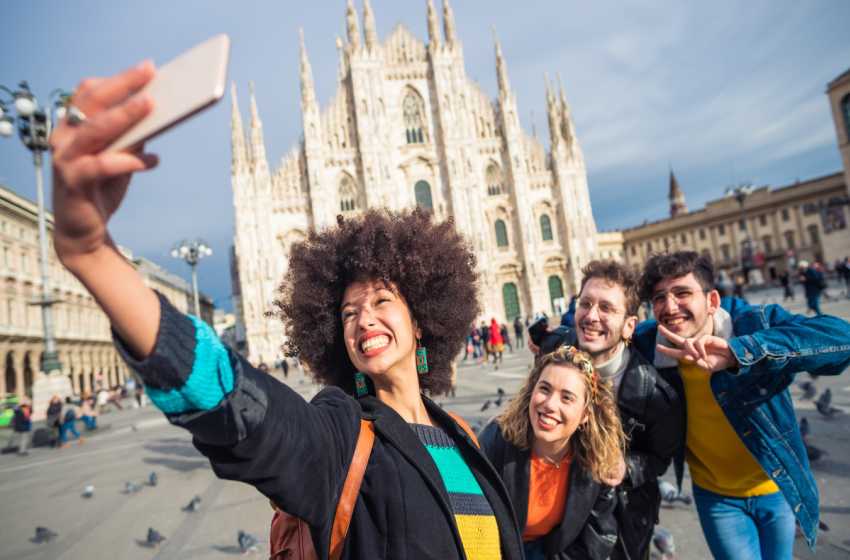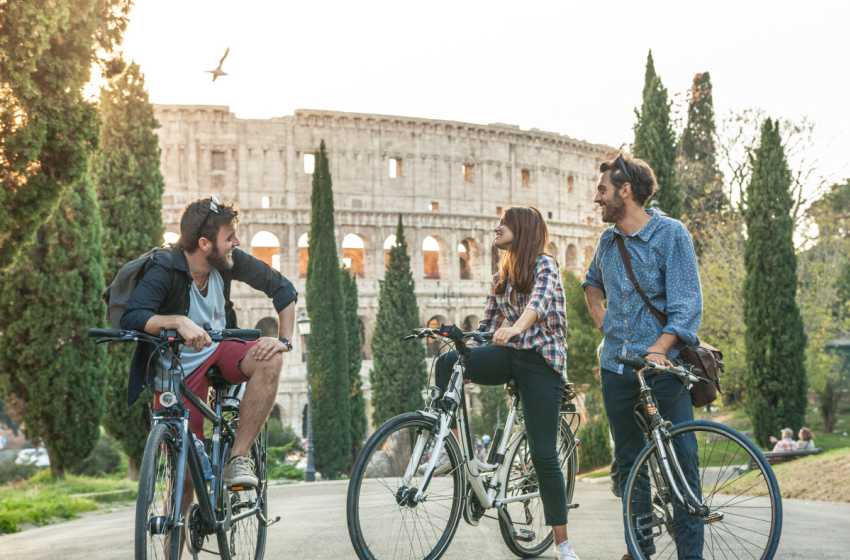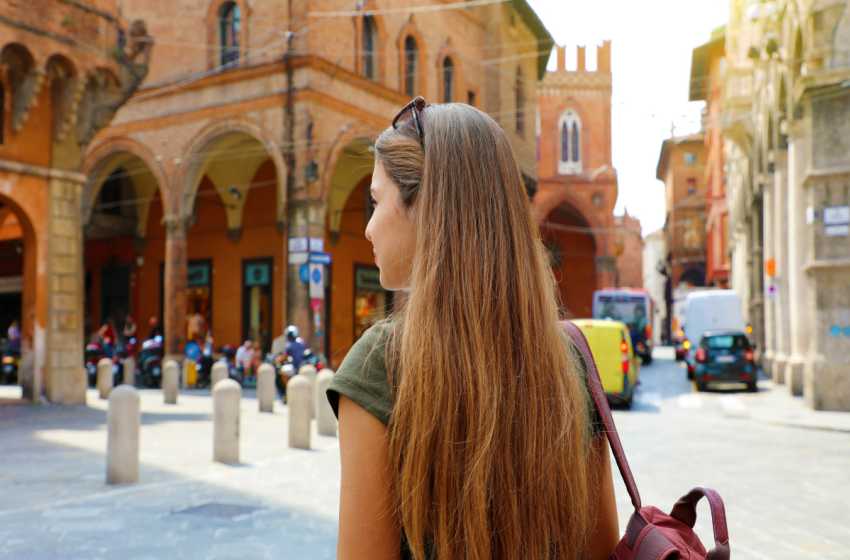
Madrid
The Spanish capital, Madrid, is a wonderful city rich in history, culture, and tradition. Living here can be a truly fantastic experience for all those who study and want to enjoy the atmosphere of the city in all its facets. Here is what you need to know.
Living in Madrid
For some, living in Madrid represents the dream of a lifetime, because everything is possible in this city. In fact, Madrid is a European capital unlike any other, a lively, bustling metropolis where, day and night, you are embarrassed by the choice of what to do. It is ranked sixth in Europe for quality of life. The crime rate is low, the weather is favourable, public services are free and the transport system is very efficient: trains, buses and the metro facilitate mobility. What more could you ask for?
If you want to live in Madrid, you should know which are its main neighbourhoods.
The first neighbourhood that certainly fascinates when it comes to Madrid is Sol. It is located right in the centre and is a place full of activity and is the beating heart of the city. It is no coincidence that Puerta del Sol, a square that is one of the capital's main attractions, is located here. If you decide to stay in Sol, you can get around comfortably using public transport. The Gran Via is also in the immediate vicinity. This is one of the reference streets for shopping in Madrid, rich and luxurious, full of places where you can buy quality products. Beware though, this area is perhaps the most prestigious and famous in the city, so the cost of real estate is very high, and rents can also be expensive.
The Malasaña district is one of the best places to live in Madrid. This area is close to the centre but, above all, it is a strategic location for young people who want to have fun and experience new things.


The Salamanca barrio is mainly populated by families and is a rather quiet environment. It is located near Retiro, the city's huge natural park, a true green lung for Madrid. Here you can look for quiet accommodation away from the hustle and bustle and spend part of your time exploring the Retiro Park. The houses are elegant, spacious with large balconies or terraces, which is why they cost so much. Living in Salamanca is a dream for many, but economically it can be a challenge, so it is good to consider this before deciding whether to stay here.
In recent years, the Chueca district has become one of the trendiest areas in Madrid. It has an enormous number of shops, bars, and cultural offerings. But if there is one thing that strikes visitors, it is the frenzy of people passing through its streets. In Chueca, the open spaces are always full of people, such as the square that gives the district its name. On the other hand, Chueca is one of the best-known gay neighbourhoods in Europe. And a reference point for LGTB (lesbian, gay, transgender, and bisexual) people from all over the world.
Madrid Orgullo, the neighbourhood's big party, is held here in early summer and is spreading to other streets and squares in Madrid, attracting visitors of all nationalities. The neighbourhood is well served by public transport and rental prices are adequate. The Moncloa district is a very nice residential area. Restaurants, clubs, bars: there are many activities to do in Madrid in this barrio. In addition, Moncloa-Aravaca - this is the name by which it is known - is very close to the Ciudad Universitaria, one of Spain's best-known study centres.The Arguelles neighbourhood is also nearby. It is the ideal place to live in a quiet environment while being in the centre of Madrid. Its entire western side is a veritable balcony overlooking the Parque del Oeste.
Madrid is a big city and using public transport is the best way to get around. To get around by public transport you can take advantage of Madrid's metro network, which boasts 10 lines and allows you to reach every area of the city. Alternatively, to reach the suburbs and surrounding areas of Madrid, you can use the Renfe trains. This is Madrid's railway line that reaches areas just outside the city.

What to do and see in Madrid
Madrid is a city with a very large variety of tourism and cultural activities. In addition to Spain's most well-known attractions, you can also find exhibitions and events that run for a short period. The Museo del Prado, one of three galleries that line the Paseo del Prado, is a must-see on any trip to Madrid. One of the oldest and most exquisite collections in the world is housed in the museum. National classics by artists including El Greco, Murillo, Zurbarán, and Velázquez are among its many works. Also keep in mind that you can visit this place for free. Arriving within the final two hours before closing is enough.
Another fascinating museum is Museo Reina Sofia. Here, you can get a close-up look at one of the most significant pieces of art ever created: Pablo Picasso's Guernica. Numerous further masterpieces by Picasso, as well as works by artists like Salvador Dali and Joan Miro, may be found inside. Again, the last two hours of each day's opening are free admission to the museum. One of Madrid's most recognizable landmarks and one of Spain's top tourist destinations is the Puerta del Sol. The entire city congregates here to celebrate the start of the new year, making it the focal point of New Year's Eve. Additionally, a statue of a bear climbing a strawberry tree can be found close by; this structure was also inspired by the city's heraldic emblem. Plaza Mayor, the biggest square in the city, has nine gates via which it can be entered. The Plaza Mayor has been crowded with vendors selling costumes, jokes, and holiday goods for nearly 150 years. Even though the stores in the Plaza Mayor are open all year, during this particular time of year they are decorated with even more care and assume a particular beauty. Events, exhibits, and demonstrations abound in these neighbourhoods. Additionally, the area is home to many theatres that provide both traditional and cutting-edge performances. The most well-known is the Teatro Flamenco Malasaña, where you may lose yourself in the rhythm of this traditional Spanish dance.
Studying in Madrid
Many people decide to move to Spain to study in Madrid in the Ciudad Universitaria, a huge university centre with theatres, cinemas, music halls, the University Museum of Contemporary Art (MUAC), the Forum Sor Juana Inés de la Cruz, the Sala Nezahualcóyotl, the Sculpture Space, the National Library and other places of interest.
Let us also not forget the IE Business School, one of the most important schools when it comes to professional training. Also noteworthy is the Universidad Complutense, surrounded by a green space that allows you to relax or have a quick review before going to class. Another popular university is the Polytechnic, for those who want to train in technical subjects.
You should know that many people come here for Erasmus. After all, given all the activities in the city and the atmosphere you can breathe in the capital, it is easy to see why it is cool to do Erasmus in Spain.
If you decide to live in Madrid without going on Erasmus but to continue your studies, then you may need to look for employment. Working in Madrid is not difficult, there are several opportunities you can take while you are in the city.
In the Spanish capital there is a great demand for computer specialists and IT experts, if you have such skills, you can find fertile ground and perhaps build a career in this field. Other figures in great demand are chefs and those specialised in working in the kitchen.
Of course, you can also think about aiming to find employment in tourism. Madrid is a city that is taken by assault by tourists from all over the world practically all year round. Therefore, you can try to work in this field and perhaps use your language skills while improving your Spanish.

The neighborhoods of Madrid

Where to eat in Madrid
Madrid is a city with a rich culinary tradition. Here you can find all the specialities of Spanish cuisine.
Early in the morning, for example, you can head to calle Mayor and enjoy a breakfast with churros, one of the typical Spanish sweets. Or you can decide to have a savoury breakfast, perhaps with a tasty 'bocadillo', a sandwich with cheese and ham.
At lunchtime then, to stay light, you can eat tapas, small appetisers full of tasty ingredients, or alternatively a tortilla, a kind of potato omelette.
Finally, even at dinner you can find what you want, choosing between elegant restaurants or perhaps informal clubs. However, some dishes should definitely be sampled, among them the authentic paella. Yes, it is a Valencian speciality, but even in Madrid they know how to cook it to perfection. Finally, you can try the fried fish, but if you want to taste a truly traditional dish, then you must order el rabo de toro, or bull's tail.

Apartments in Madrid
Some questions?
Have more questions?







